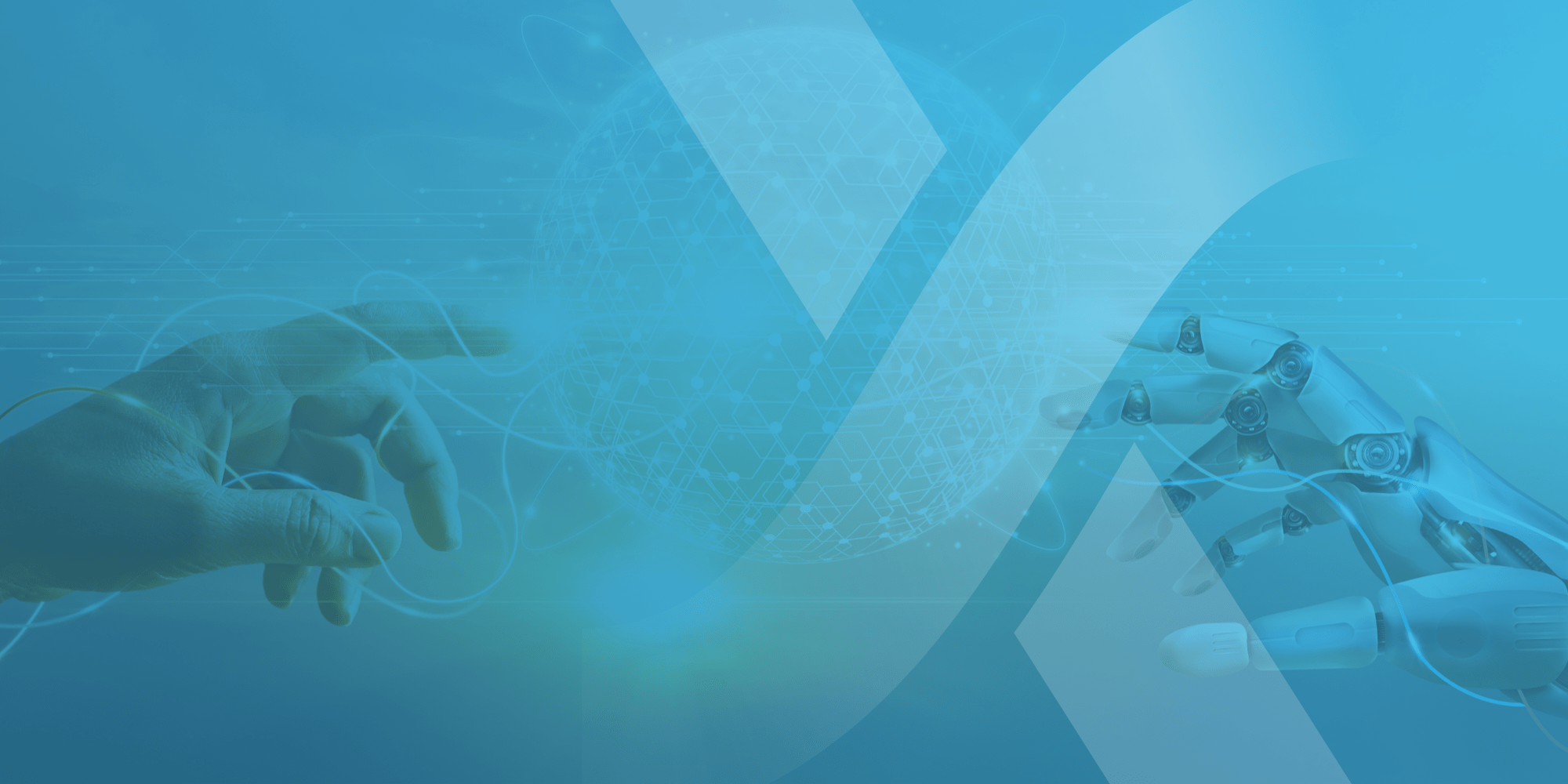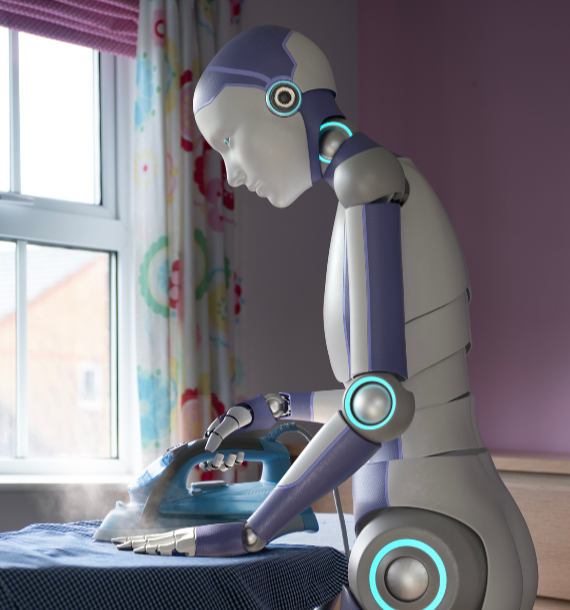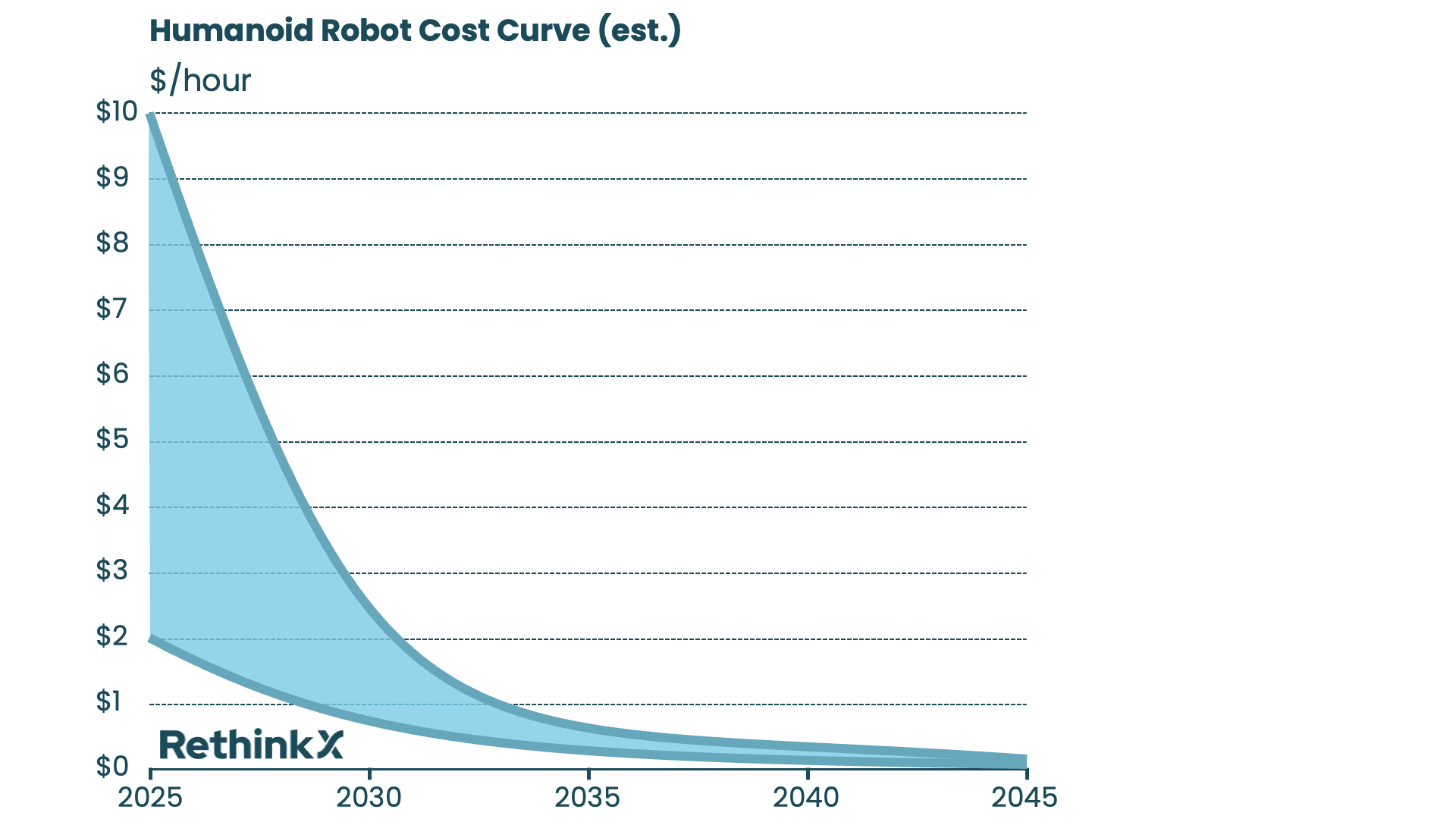Topic / Disruption / In-depth
Disruption of Labor

Today, humanoid robots are the most expensive and least capable they will ever be
The cost of labor will plummet towards zero over the next two decades as humanoid robots are deployed as fast as they can be manufactured.
By the end of the 2030s, robots are likely to be performing as much total labor as human beings
During the 2040s, economic productivity will explode worldwide as the cost of labor falls toward zero while the supply expands by at least one and perhaps two or even three orders of magnitude.
The disruption of labor has staggering implications, and it is therefore imperative that we embrace the immense potential that humanoid robots offer but also proactively address the challenges they present.

Seba Technology Disruption Framework: RethinkX's methodology for predicting disruptions
Created by RethinkX co-founder Tony Seba, RethinkX uses this framework to analyse and predict disruptions.
The STDF, which draws from data around hundreds of technological transformations throughout history, explains that disruptions occur when a new technology or set of technologies emerge that let us produce goods and services which offer far greater value than ones produced with older technologies.

The Disruption of Labor: An Overview
Technology Convergence
Disruptions are generally triggered by the convergence of multiple technologies.
A convergence of similar advancements in batteries, sensors, cameras, computer processor chips and memory, motors, actuators and software (especially artificial intelligence) has just begun to enable the deployment of general purpose humanoid robots capable of doing useful work.
Cost Curves
Charting the cost capability metric of a disruptive technology as a time series yields a cost curve.
These component technologies add up to an overall cost capability that we can now begin to measure and track over time with the metric of dollars per hour for their machine labor. The cost capability metric is cost per hour of labor ($/hour).
Lifetime Costs
The lifetime costs (opex) of humanoid robots are likely to be very low from the start and to trend quickly toward near-zero, the marginal cost of labor will also approach zero.
To estimate the cost capability metric for humanoid robots, we must divide the total lifetime costs (comprising capital expenditures or capex, operating expenditures or opex, financing and any other soft costs such as permitting) by the number of useful hours of labor the robot performs during its lifetime.
Lifetime Hours
Humanoid robots will be capable of working at least 20 hours per day, and perhaps almost nonstop if they have swappable battery packs or tethered power.
Apart from minimal downtime for maintenance, they will work without vacation or illness or complaint.
We estimate lifetime costs are unlikely to exceed $200,000 per unit, and could well enter the market from some manufacturers below $40,000.

The convergence of technologies doesn’t just make things happen cheaper and faster—it creates new possibilities and expands markets to new customers.

Humanoid robots will transform markets and industries
A new category of machine capable of working alongside humans in factories and offices, and helping around the home is emerging, and its disruption of our labor engine is inevitable.
A robotic home servant has been a staple of science fiction for many decades, but now we are on the cusp of seeing units commercially available for consumer purchase...
-min.png?%20Text%20570x610%20(4)-min.png&width=570&name=Website%20imagery%20-%20Medium%20-%20Image%20%26%20Text%20570x610%20(4)-min.png?%20Text%20570x610%20(4)-min.png)
The convergence and disruption of robotics and AI presents enormous opportunities for innovation.
This interconnected nature of technological progress, driven by self-reinforcing feedback loops, means that advancements are likely to occur at an increasingly rapid pace.
The key is to find problems—or “trouble”—that these new capabilities can solve.
-min.png?%20Text%20570x610%20(5)-min.png&width=570&name=Website%20imagery%20-%20Medium%20-%20Image%20%26%20Text%20570x610%20(5)-min.png?%20Text%20570x610%20(5)-min.png)
The humanoid robot cost curve
Taken together, we estimate early data points for the humanoid robotics cost curve to start sometime in 2025 at between $2 and $10 per hour.
At this early stage, our rough estimate is that the cost capability of humanoid robots will improve by at least one order of magnitude every eight years—although possibly a great deal more.

Any country which fails to go all-in on humanoid robots will look like it is standing still next to peers
A countries annual GDP-equivalent growth could exceed 10% by the early 2030s, and 100% (yes, an annual doubling of the national economy) by the late 2030s.

-min.png)

-min-2.png?width=732&name=Copy%20of%20Website%20imagery%20-%20Featured%20Image%201200x628%20(4)-min-2.png)
-min-3.png?width=732&name=Copy%20of%20Website%20imagery%20-%20Featured%20Image%201200x628%20(2)-min-3.png)
-min.png?width=732&name=Copy%20of%20Website%20imagery%20-%20Featured%20Image%201200x628%20(6)-min.png)
-min-2.png?width=732&name=Copy%20of%20Website%20imagery%20-%20Featured%20Image%201200x628%20(1)-min-2.png)
.jpg?width=732&name=iStock-1306713348%20(1).jpg)














